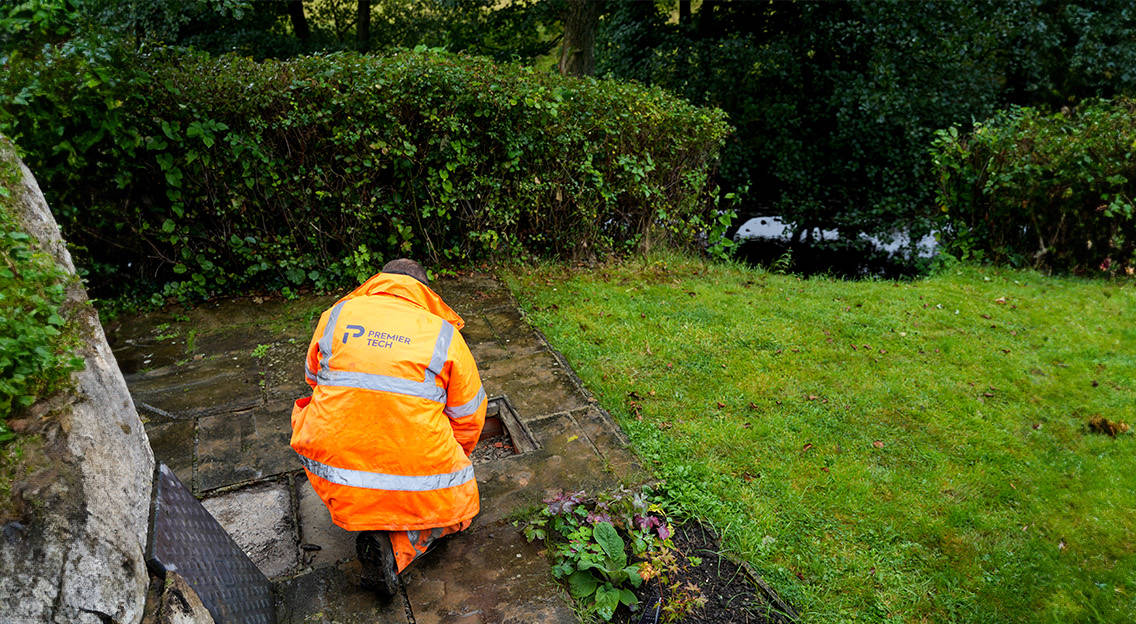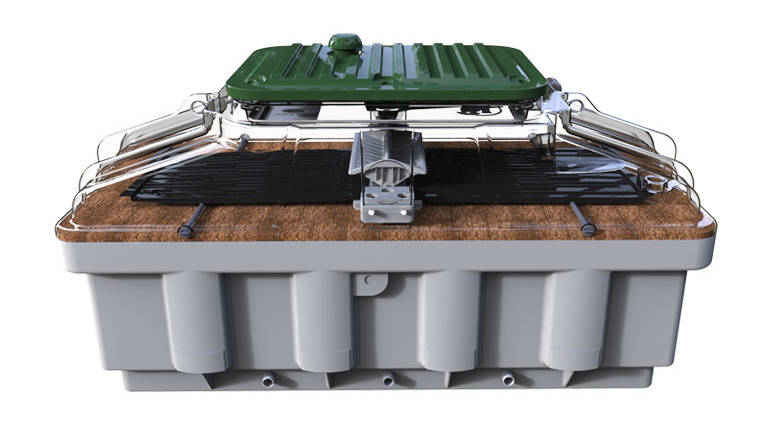How does a sewage treatment plant work?

If you live in an area which is a little off the beaten track and are looking to purchase or have just purchased your first sewage treatment plant, you may have questions about how sewage treatment systems work.
In this article we discuss the functional operation of the treatment process and provide some hints and tips to better inform you on what is required from the perspective of the environmental protection agency (EPA).
However, before we go into the detail on how you can ensure cleaner, more environmentally friendly effluent from your sewage treatment plant, let’s take some time to answer some of the other fundamental questions surrounding wastewater treatment.
Why is sewage treated?
Sewage treatment is a process that is followed for the purification of used water that is often rich in contaminants. The treatment process is followed so that treated wastewater can be safely returned to the water cycle as environmentally friendly effluent.
Sewage treatment usually involves three main stages known as primary, secondary and tertiary water treatment.
What is a sewage treatment plant?
Sewage treatment plants are an essential aspect of sanitation and water infrastructure. They are installed to collect wastewater from residential buildings or commercial properties that can not connect to the main sewage network, and then treat it to remove contaminants and purify organic matter.
Discharging the treated effluent to groundwater in safe and environmentally friendly manner, is a keystone to adhering to the EPA regulations and to protecting public health.
The working principle of a sewage treatment plant
Domestic sewage treatment plants typically comprise of one or two chambers and utilise aeration to break down solids. After aeration, the remaining solids, including microorganisms, settle to the bottom of the tank to treat the next batch of wastewater. This is commonly known as activated sludge.
Large scale sewage treatment plants work by employing numerous physical, chemical, and biological treatment processes. A typical sewage treatment plant, in most cases, will first employ preliminary treatment involving screens and/or grit chambers to remove larger and heavier, often inert organic matter. This is followed by primary settlement tanks to remove less dense solid matter.
The water that leaves these processes is expected to be particle-free and fed to a biological treatment stage where high-density bacterial populations degrade the carbon and nutrients from the water.
It should be noted that a septic tank can only partially treat wastewater, it is not a complete sewage treatment plant.

The Rewatec Solido Smart, a highly efficient sewage treatment plant that treats wastewater in optimised batches.
How does sewage get to the treatment plant?
Much like a septic tank, wastewater enters a sewage treatment plant via an inlet, either via gravity (i.e. used water is flowing directly to the treatment plant from the property), or under pressure (i.e. wastewater is collected in a chamber and a pump is used to direct the wastewater to the tank). The latter is mainly used when there is no depth alignment between the pipework of the premises/assets served by the plant and the treatment plant itself.
What is tertiary wastewater treatment?
Tertiary wastewater treatment, often referred to as "effluent polishing", is primarily used in environmentally sensitive areas. It utilises a combination of physical and chemical processes to remove harmful microbiological contaminants from wastewater.
In some cases, the tertiary wastewater treatment process also includes additional disinfection steps to ensure that the quality of treated wastewater meets the regulatory standards before discharging to groundwater.
The tertiary wastewater treatment process typically involves filtration using a specific material. Some of the most common filtration systems include sand-beds and coconut husks — a fully natural, renewable and compostable filtering medium.

Start your sewage treatment plant project
Premier Tech provides domestic site visits, expert product recommendations, and commissioning services.
Fill out our form for a fast and free quote based on your unique needs.






